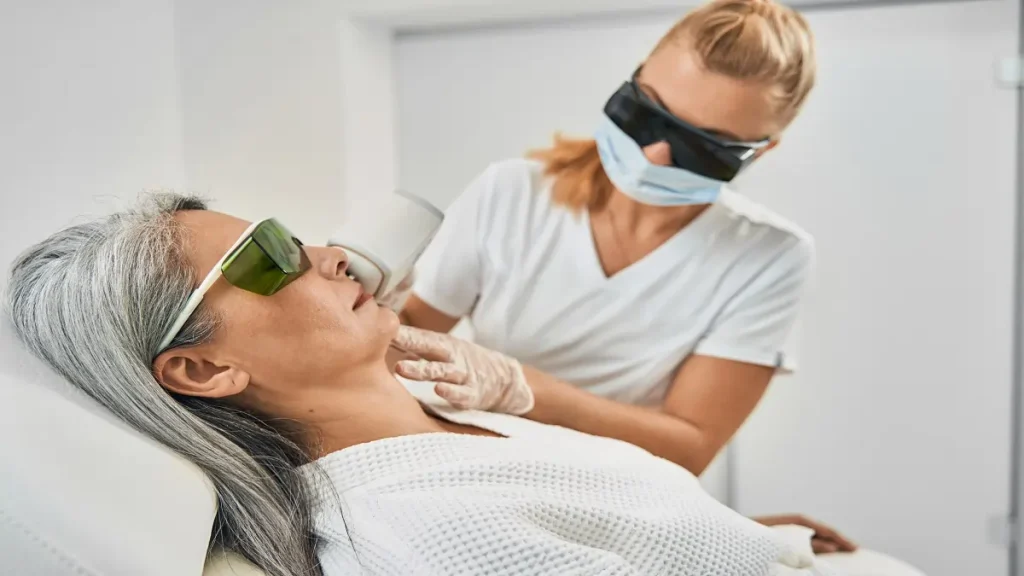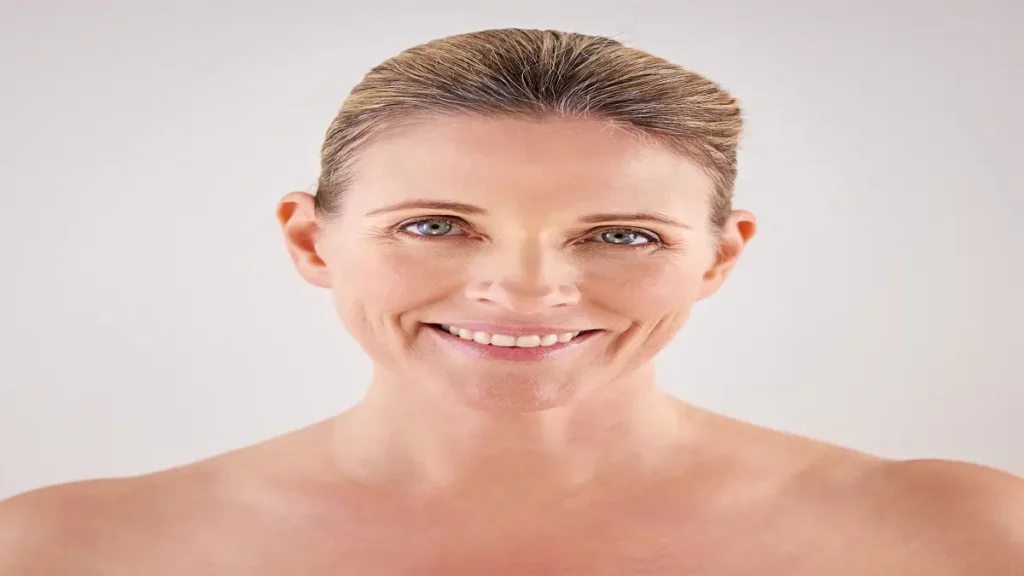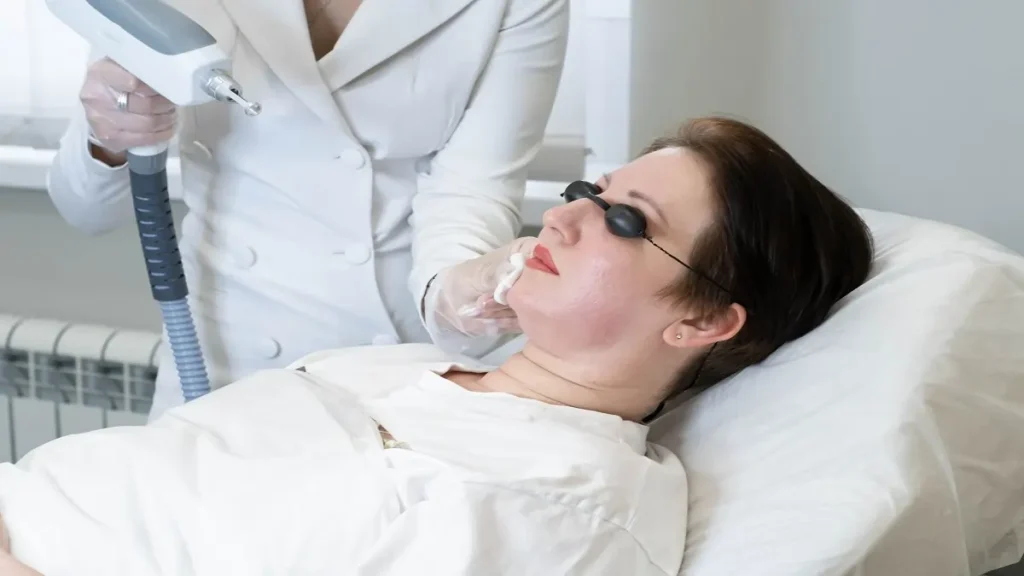Laser Light Rejuvenation
What is Laser Light Therapy? Laser light therapy, also known as laser therapy or phototherapy, is a non-invasive and advanced treatment modality used in the field of dermatology and anti-aging. It involves the use of focused light beams to address various skin concerns and promote collagen production, resulting in improved skin texture. The principle behind […]











